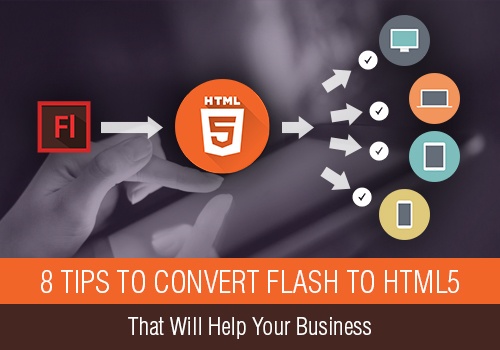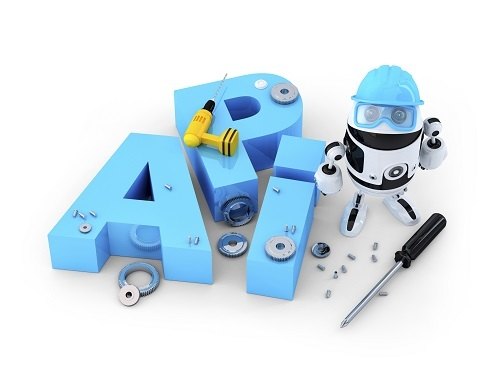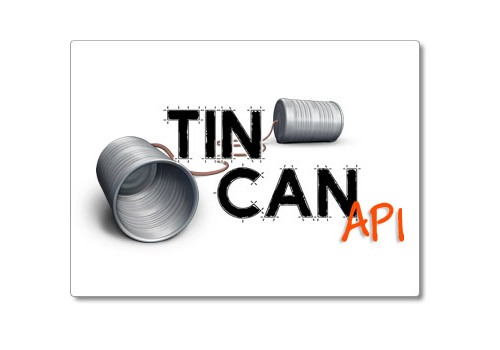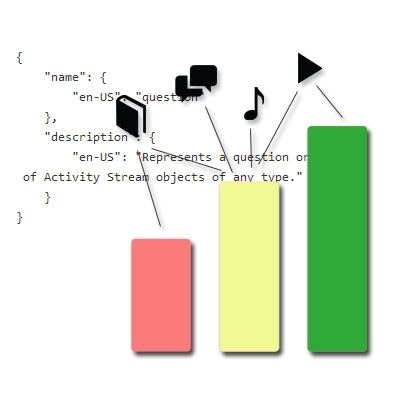September 15, 2015
8 Tips To Convert Flash To HTML5 That Will Help Your Business
Particularly over the last 4+ years, most organizations have evaluated mobile learning solutions integrating tablets and smartphones into their learning delivery. Mobile learning solutions are based on HTML5 technology. While it is fairly straightforward to create new courses using HTML5 that are mobile ready, there are several aspects that you need to watch out for when converting Flash to HMTL5.
by Asha Pandey











